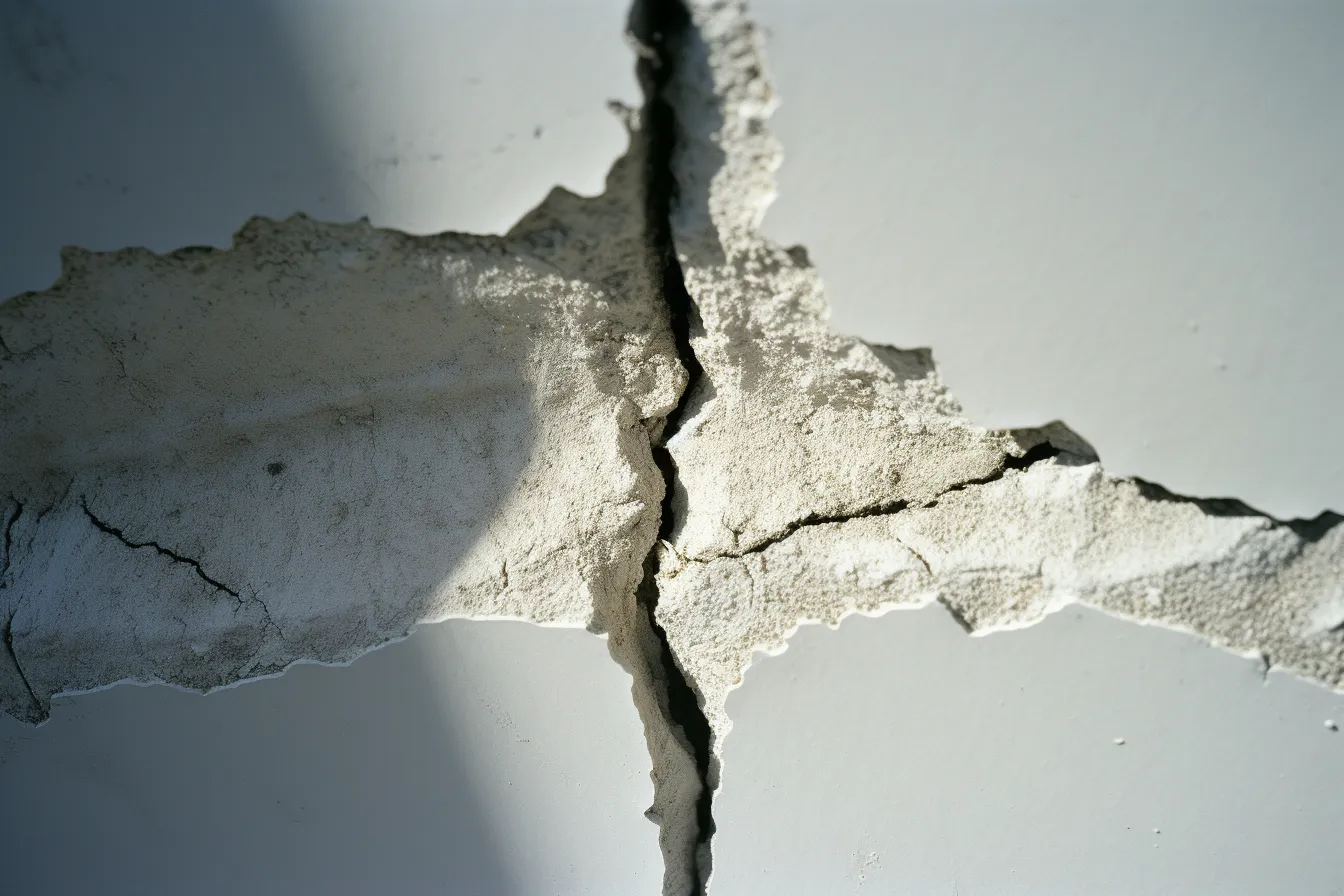Welcome to our article on the science behind concrete strength. If you’ve ever wondered what factors influence how strong your concrete is, you’ve come to the right place. In this comprehensive guide, we’ll explore the key elements that affect concrete strength and delve into the scientific principles behind them. From the ingredients used to the curing process, we’ll break down everything you need to know to understand how to optimize your concrete’s strength. So, let’s get started and dive into the fascinating world of concrete science!
Understanding Concrete Strength
Before we explore the factors that determine concrete strength, let’s first establish what we mean by strength. In concrete terms (pun intended), strength refers to the ability of concrete to withstand applied forces without undergoing deformation or failure. Concrete strength is crucial in determining its durability and performance in various applications, whether it’s a residential driveway or a multi-story building.
The Ingredients Matter
One of the primary factors influencing the strength of your concrete is the ingredients you use. Concrete is primarily composed of cement, aggregates (such as sand and gravel), water, and various chemical admixtures. The type and quality of each ingredient play a significant role in determining the final strength of the concrete.
Cement, the binder in concrete, is specifically chosen based on its compressive strength. Portland cement, the most common type, undergoes a chemical reaction with water to form a solid matrix. The water-to-cement ratio is also critical, as excessive water can weaken the concrete by creating more porous and brittle structures.
Furthermore, the selection and grading of aggregates affect the strength of the concrete. Coarser aggregates provide more strength, while finer ones improve workability. Achieving the right balance is key to optimize both strength and workability for your specific project.
The Curing Process
Once the concrete is mixed, it must undergo a curing process to reach its full strength potential. Curing involves maintaining adequate moisture and temperature conditions for the concrete to hydrate and form its desired strength. This process can take several days or even weeks, depending on the type of cement used and the ambient conditions.
During curing, the concrete undergoes a series of hydration reactions that transform the cement paste into a solid mass. The hydration process is exothermic, meaning it generates heat and helps in the development of strength. Proper curing ensures that the concrete reaches maximum strength by allowing these reactions to complete without interruptions.
Additional Factors Influencing Strength
Aside from the ingredients and curing process, several other factors can impact concrete strength. Here are a few notable ones:
– Air content: The presence of air bubbles within the concrete can reduce its strength, especially in freezing and thawing conditions. Proper air entrainment techniques must be employed to minimize this effect.
– Admixtures: Various chemical admixtures can be added to concrete to enhance its strength, workability, or other specific properties. These include accelerators, retarders, water reducers, and superplasticizers.
– Temperature: Extreme temperatures, whether too high or too low, can affect concrete strength development. Cold temperatures slow down hydration, while excessive heat can cause rapid drying and shrinkage.
– Mixing and placement: Proper mixing techniques and the correct placement of concrete ensure uniformity and consolidation, resulting in optimal strength. Inadequate mixing or improper placement can lead to weak spots and reduced overall strength.
Optimizing Concrete Strength
Understanding the scientific factors influencing concrete strength is key to optimizing its performance for your specific project. By carefully selecting the right ingredients, maintaining proper curing conditions, and considering additional influential factors, you can significantly enhance concrete strength and durability.
In conclusion (oops, too soon to use that phrase!), concrete strength is a complex subject rooted in scientific principles. By delving into the science behind concrete strength and considering the factors we’ve discussed, you are well-equipped to make informed decisions when it comes to your concrete projects. Remember, achieving the desired strength requires a careful balance of materials, curing techniques, and attention to detail. So go ahead and put your newfound knowledge to use in creating strong, reliable concrete structures that stand the test of time!
